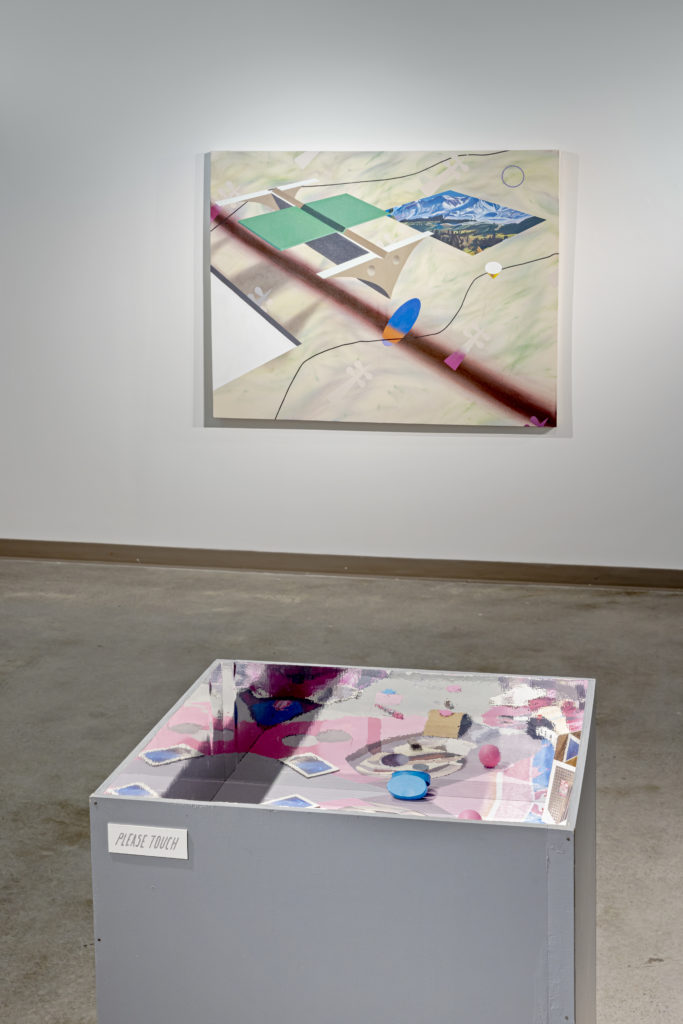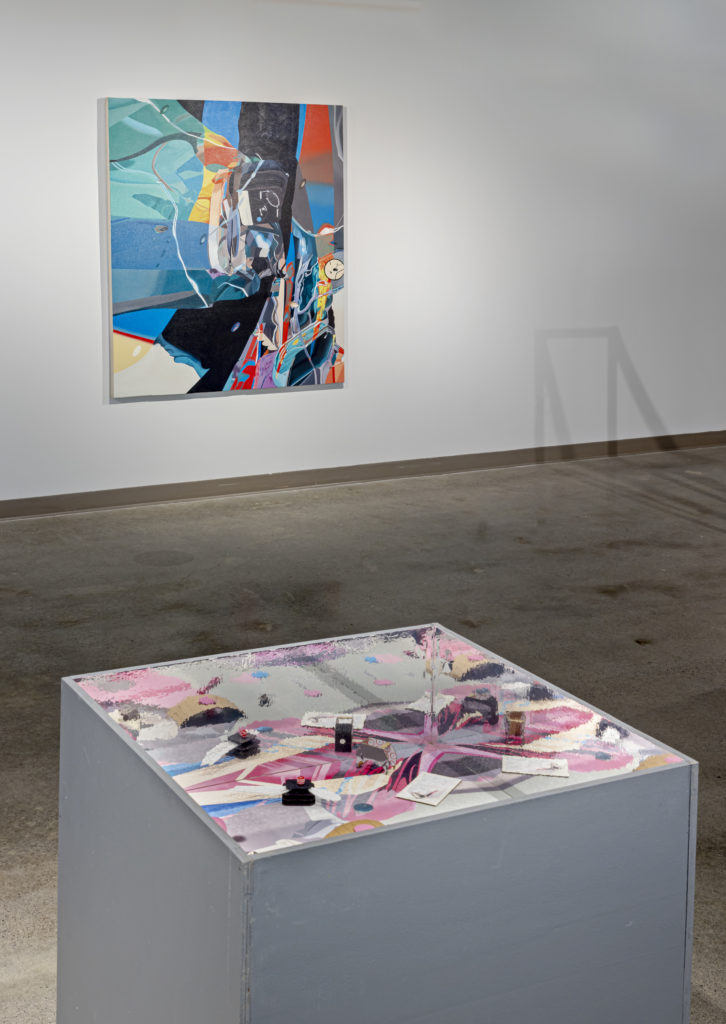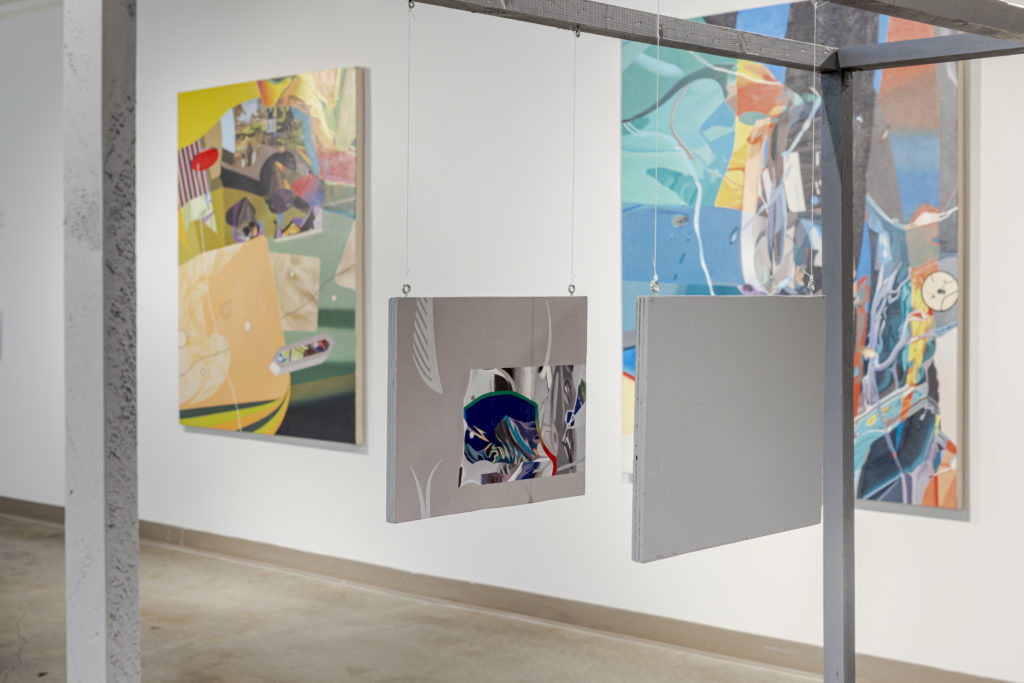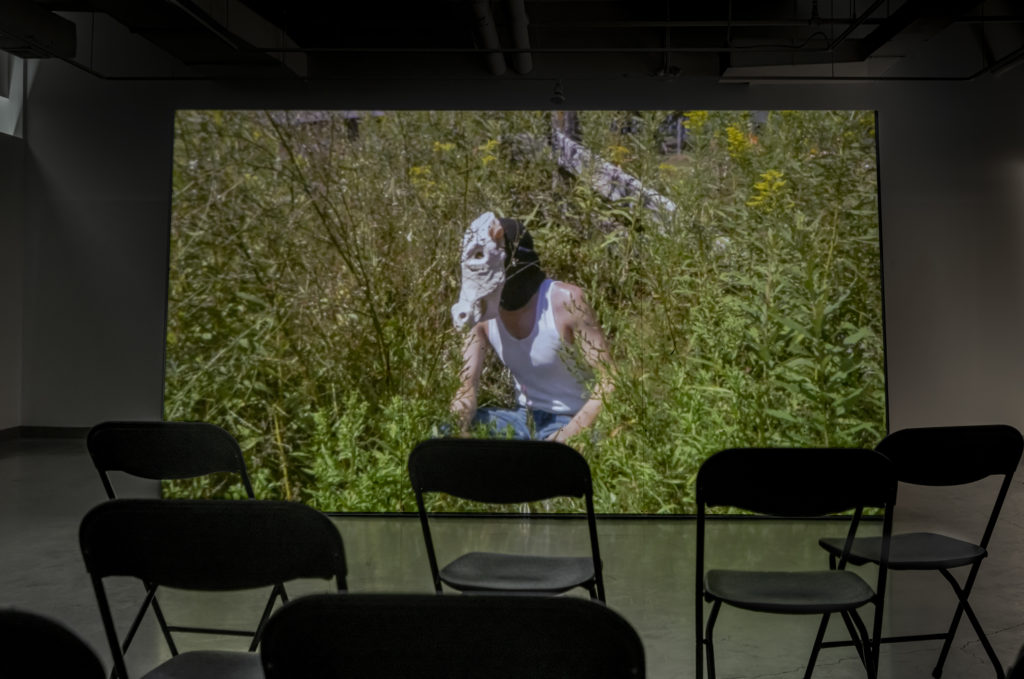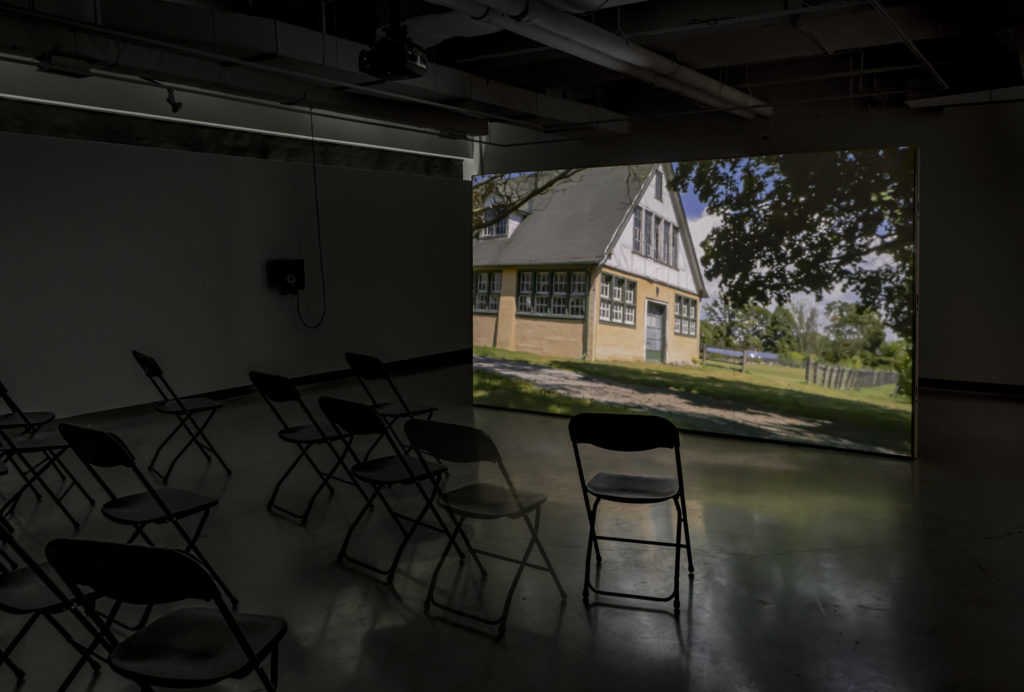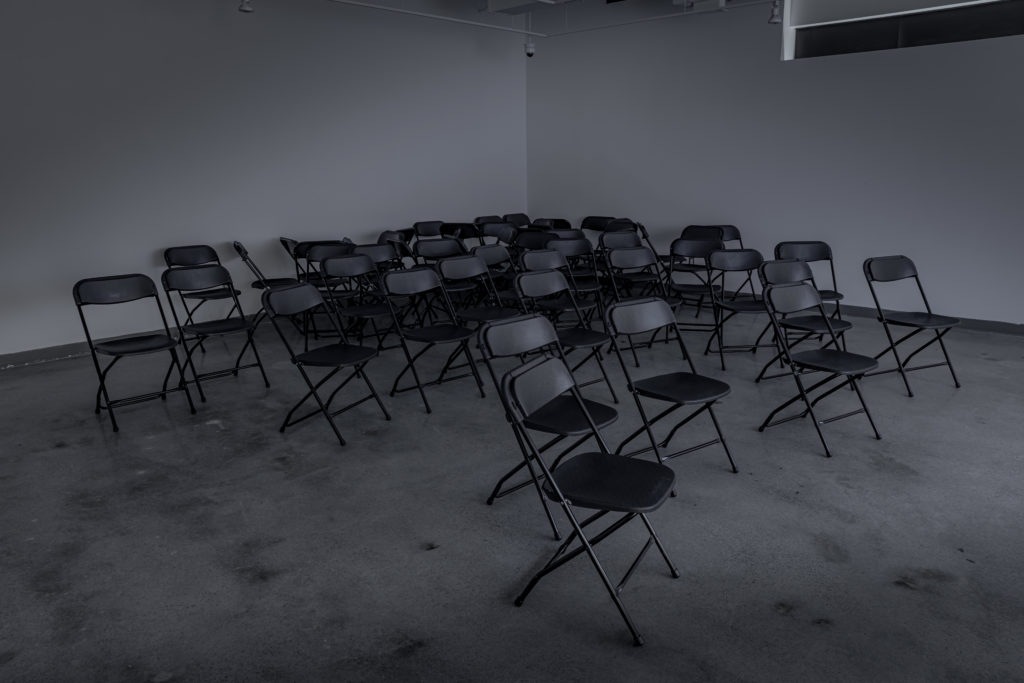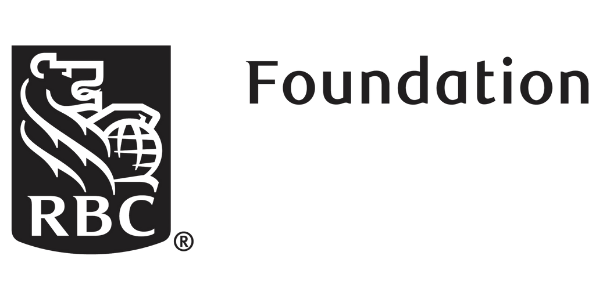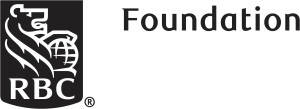Join us for a performance of Transference on Friday November 1, 2024 at 7pm.
Transgressive Passages is an exploration of, and love letter to, queer and trans experience, especially as it intersects with Caribbean-diasporic identity. This exhibition presents two projects, Transmission (2024) and Transference (2024), that seek to bridge individual experiences of queerness with community and intergenerational kinship. Godden expresses this effort both visually and sonically as well as through the collaborative nature of the projects’ production.In both works, water emerges as a symbol for migration, fluidity, and transformation.
The photographic portrait series, Transmission, is displayed across the walls of the gallery. For this project, Godden invited queer members of the Caribbean diaspora living in the GTA to share their stories, asking about the role that specific myths and traditions from the Caribbean have played in their lives. Inspired by their conversations, Godden created colourful textiles for each sitter that reference their individual stories, and then photographed them. Whether draped over a shoulder or tied across a waist, the textiles are a tool for grounding the photographs in these bonding conversations and proclaiming belonging in cultures that have at times excluded or threatened queer and trans identities. Each sitter is staged like a heroic figure or elder with the same reverence one might find in similar tableaus enshrined in hallowed halls.
At the centre of the room is a group of plastic, aluminum, and glass containers holding salt water. The largest vessel sits in the corner, with progressively smaller vessels winding towards the entrance to the gallery. A looping audio track, created with the help of James Knott, fills the space with a chorus of sound, including steel drums, splashing water, field recordings from Trinidad and Tobago, and vocalizations from queer and trans loved ones. This forms the setting for Transference, a performance by Godden presented at the gallery on November 1, 2024. Moving from the largest vessel to the next in an outfit made of thetextiles from Transmission, Godden eventually reaches the smallest vessel, which cannot contain them. The work is a visual metaphor for a journey of self-discovery, a passage witnessed and cared for by the elders and future elders whose portraits watch on and whose personal mythologies are woven into Godden’s patchwork garment.
The RBC Emerging Artist Residency Program is generously sponsored by the RBC Foundation’s Emerging Artist Project.
The artist thanks the Canada Council for the Arts for their support of Transgressive Passages and 7A*11D International Festival of Performance Art for their support of Transference.
For their contributions to this project, the artist also thanks: Adrienne matheuszik, Alyssa Bistonath, Amina Ramcharitar, Amirah Star, Andil Gosine, Anesha Godden, Asmath Majarali Khan, Azim Khan, Brent Baillie, Brigita Gedgaudas, Brigitte Sampogna, Camila Salcedo, Cazim Khan, Claudia Edwards, Dev Ramsawakh, Dion Khan, Duane Khan, E Cheung, Emah Fox, Francis Almendarez, Francisco-Fernando Granados, Hannah Keating, Ivetta Sunyoung Kang, James Knott, Jess Pinney, Joyce Troy, Kate Just, Kate Welsh, Kirby Rose, Lan Florence Yee, LeZlie Lee Kam, Lingxiang Woo, Michèle Pearson Clarke, Natalia S. Hall, Natalie Wood, Nisa Singh, Ouma Amadou, Pearly Seulakhan, Phon Baillie, Queen Kukoyi, Reema Mahadeo Brahim, Richard Fung, RTS Plastics, Ruby Khan, Samuel La France, Sarah Mohammed, Shara Khan, Shinnelle O’Gilvie, Sonya Jones, Thembi Soddell, and Zinora Ferreira.
Artist Bio:
Vanessa Godden is a non-binary Queer Indo-Caribbean and Euro-Canadian artist, educator, and curator. They are a sessional lecturer at universities across the Greater Toronto Area and a cofounder of the curatorial collective Diasporic Futurisms. Godden holds a PhD from the Victorian College of the Arts (Melbourne, Australia; 2020), an MFA from the Rhode Island School of Design (Providence, USA; 2014), and a BFA from the University of Houston (Houston, USA; 2012). Their transdisciplinary practice explores how the relationship between the body, personal histories, and geographic space can be conveyed in multi-sensory performances, videos, and installations.

























































